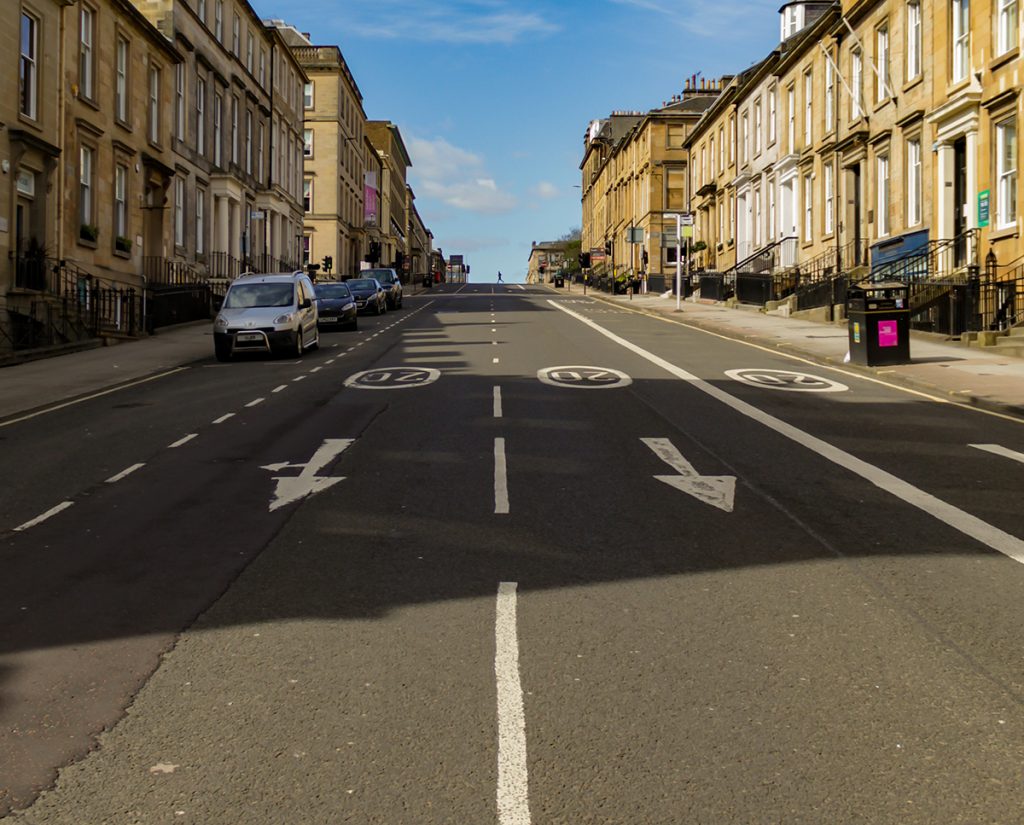
COVID-19 and the challenge of crisis urbanism | James Evans, Karen Lucas, Jim Walker and Bronwen Thornton
We are living through a period during which cities are changing much faster than usual. Lengthy and conservative cycles of planning, consultation, policy development, budgeting and implementation are being bypassed by accelerated delivery frameworks and temporary interventions. Initiatives to pedestrianise streets and reclaim space from traffic for walking that for decades have been seen by most cities as too hard are happening overnight. This represents a form of crisis urbanism, whereby city authorities are forced into a rapid responsive mode of governance.
On the one hand crisis urbanism is nothing new. The rebuild of cities hit by disasters has historically enabled radical transformations of urban space and living. Christchurch, New Zealand, was levelled by an earthquake in 2011 and has attempted to rebuild a low rise city centre. Covid represents a different level of crisis in that it represents a challenge for all human settlements and all aspects of how they function. In this sense it is more akin to the Nineteenth Century sanitary movement that saw cities demolish high density slums and construct sewers and municipal water provision systems to prevent diseases like cholera, although this took decades). The current crisis represents an opportunity to make changes that not only reduce vulnerability to Covid, but improve peoples’ quality of life and the sustainability of the planet more rapidly than this. To achieve this so-called ‘clean recovery’ crisis urbanism needs to be directed in the right way to maximise long term benefits and avoid unintended negative consequences.
Three challenges exist. First, because crisis urbanism often proceeds by trials and experiments, cities need to become much better at learning what works from each other. Although cities house most of humanity and generate most of our wealth, compared to nation-states there are remarkably few mechanisms for them to coordinate or share best practice. City networks would disagree – for example C40, ICLEI, POLIS and so on, but they don’t reach everyone. Worse, cities are often competing against each other to attract investment and accelerate growth. This needs to change. Second, crisis urbanism needs to be driven by coherent visions of what societies want and need to achieve. In terms of transport, cities need to create ‘quality catchment’ neighbourhoods whereby essential services are within walking distance and there is a consistent level of service that gives priority to walking and excludes polluting traffic, otherwise they run the risk of increasing car use and exacerbating existing inequalities. This requires innovation across the service destinations including health, education, retail, and work places, brought together with new urban design tools that are responsive, agile and quick to help with transformation. Finally, crisis urbanism depends on the ability of city authorities to manage change. The rapid walking network being implemented in London currently is partly building on a plan devised in response to the terrorist bombings a decade ago. Further, they have the confidence to implement it rapidly based on experiences making temporary but sweeping transport changes to accommodate the movement of millions of spectators to the London 2012 Olympic Games.
Fully coordinated changes across complex systems like cities cannot be done rapidly. For crisis urbanism to be effective cities have to be comfortable with adaptive management that is experimental, iterative and reactive. Some, like London, have experience of this to draw on. Many don’t. We need more in depth understandings of how municipal authorities and their networks of stakeholders and organisations learn to implement change across a wide range of cities. A crisis typically creates a steep curve away from ‘normal’; the challenge we all face is how to ensure the ‘new normal’ after the journey back down comes with a measurable improvement to everyday quality of life and long term sustainability.
James Evans, Karen Lucas, Jim Walker and Bronwen Thornton, June 2020

0 Comments